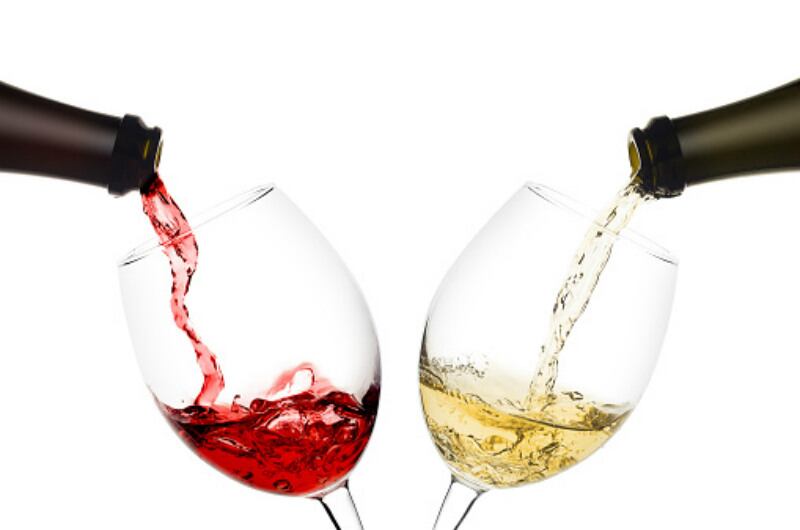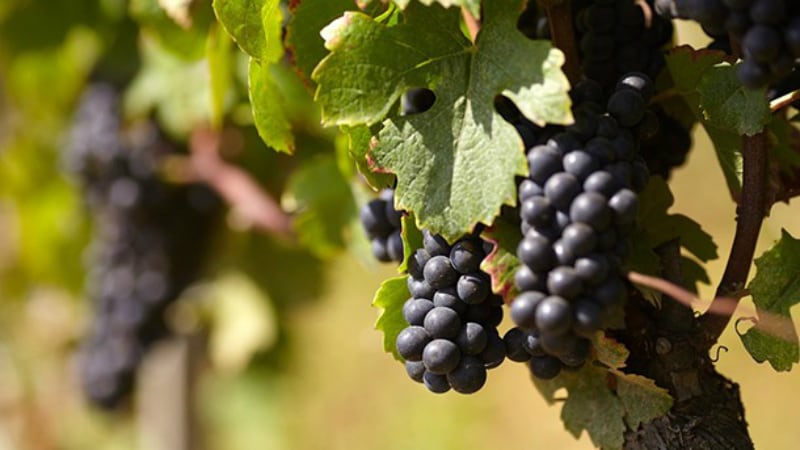This led the China Wine Association a and Yizhi Data to warn that imported wines are ‘rapidly eating into the market share of domestic wines’ in China due to factors including consumer habit shifts, the zero-tariff policy and the country’s ‘One Belt One Road’ policy.
“The total amount of imported wine in China has doubled in five years, whereas domestic wine production dropped by about 12% year-on-year in 2017,” said the report.
It added that French wines were currently still the top imported wines in China, but Australia’s growth rate ‘far exceeds’ that of France, and this is expected to narrow further in the future.
China Association for Importers & Exporters of Wine & Spirits Secretary-General Wang Xuwei added that: “I believe that wine imports have risen some 10% to 15% in 2018 in China.”
“In 2017, except for Australia, other major producing countries reduced production, and the reduction in supply naturally led to price increases. But for the Chinese market, prices are unlikely to rise sharply because the market will not accept it.”
Foreign wine purchases are especially prominent in the largest cities, and researchers have cited foreign influence to be a major factor for this increasing trend.
“The interest and enjoyment of foreign wines has become especially prominent in the largest cities (Shanghai, Beijing, Shenzhen, Guangzhou or Hong Kong) where a mix of expatriates, western-educated Chinese and an open-minded population have an appetite for imported goods,” said the University of Turin researchers.
“This recent trend has also affected China’s social structure, which has been influenced by younger consumers who tend to purchase wine by using new e-commerce platforms, and it’s continuing to grow.”
China's wine consumption has also been estimated to have grown by between 40% and 60% between 2011 and 2018.
"China is set to change global markets for wines dramatically, just as it has been doing and will continue to do for so many other products," said Professor Kym Anderson of Adelaide University.
"While rice wine has traditionally been the most common in Asia, income growth in China and a preference swing towards grape wine is gradually changing the region’s consumption situation.”
Foreign brands riding the wave – and local brands falling behind
One clear leader of imported wine brands in China is Lafite, owned by Domaines Barons de Rothschild Lafite (DBR Lafite).
The Wall Street Journal previously described Lafite’s Château Lafite Rothschild as ‘the most coveted wine in Asia’, with some 30% of bottles auctioned via premium auctioning company Sotheby’s being purchased by Chinese buyers.
The wine’s popularity in China is such that DBR Lafite has established its own vineyard in Penglai, Shandong spanning 25 hectares. Wine from this vineyard was initially slated for launch back in August last year, but is now estimated to be released later this year.
Despite having to deal with multiple issues such as counterfeit and cheap versions of its wines in the Chinese market, Treasury Wine Estates (TWE), owner of Australian wine brand Penfolds has recorded a 16% growth in sales this year.
“In China, [we see] tremendous opportunity to continue growing its share of the imported wine market,” said TWE.
“The French category is one where [we are] particularly focused on gaining share given it is the largest import category, accounting for around 30 to 40% of the market, and remains highly fragmented.
“TWE will aim to build on its existing French country of origin proposition, Maison de Grand Esprit, using the Penfolds and Beaulieu Vineyard brands.”
On the other hand, domestic brands such as Great Wall have been faced with mounting challenges in recent years. Great Wall was formerly owned by China’s state-owned conglomerate COFCO, but was sold in 2017 following poor performance.
The company’s 2017 half-year report showed an 8% decline in sales, as well as a negative growth rate of -11% in the five years prior.
“The wine industry in the PRC has faced increasing competition and is expected to remain in a slow growth rate in the next three to five years similar to the 2011 to 2016 period,” said the firm via an official statement.
IWC China to boost recognition for wines
Aiming to boost recognition for both foreign and domestic wine brands alike in China, the International Wine Challenge (IWC) has launched in China. IWC is known to be the most rigorous, impartial and influential wine competition in the world.
Organised by William Reed Business Media, publisher of FoodNavigator-Asia, the IWC China is now open for applications.
According to IWC: “If you have wines in your portfolio that target the Chinese market, you might be interested in entering IWC China, the new international wine competition specifically designed for China.”
“The competition will judge Chinese wines as well as wines imported into China for the Chinese market. Help your wines stand out from the crowd with an IWC China medal.”
Judging will be conducted by a professional panel including Corporate/Group Director of Wine for Shangri-La Hotels and Resorts Yang Lu, internationally recognised wine expert Oz Clarke and Brokenwood Wines Managing Director Iain Riggs.
To register for the IWC China 2019, please visit the IWC website here. The online entry deadline for the competition is May 1 2019.
Delivery deadlines vary based on the region your wine will be shipped from, so for more details, please visit the IWC logistics guidance website here.





